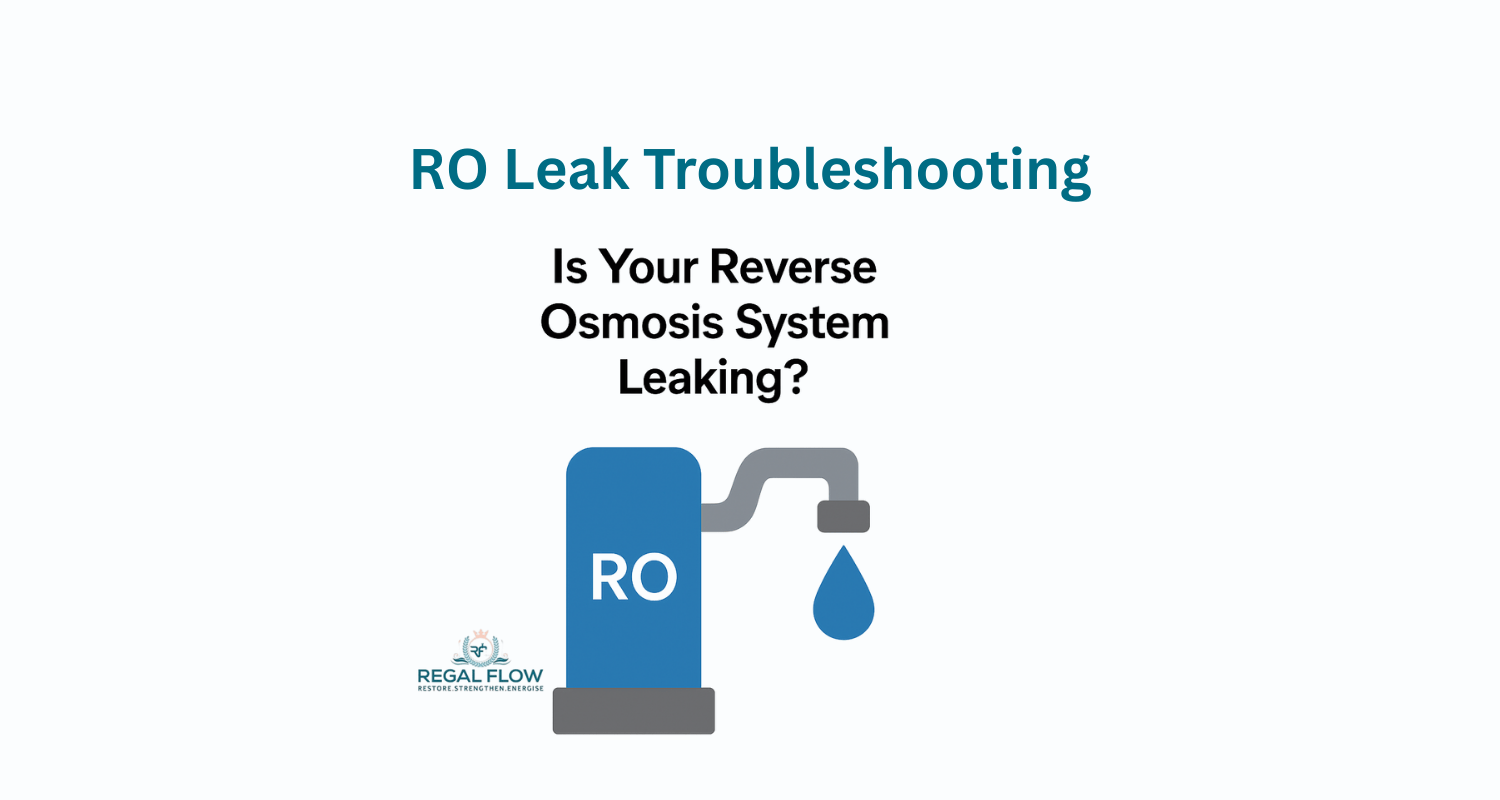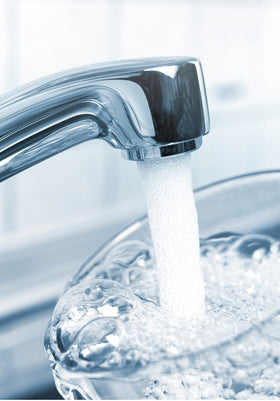
Why is My Reverse Osmosis System Leaking?
Is your Reverse Osmosis system leaking and leaving you puzzled? The short answer: it’s likely a worn-out seal, loose fitting, or clogged filter. Whether it’s your under-sink system or a countertop dispenser, leaks can cause big headaches. In Reverse Osmosis FAQs: Answers to Common Questions, we walk you through how to fix common leaks—and prevent costly water damage before it starts.
Common Places for RO System Leaks
Leaks in your Reverse Osmosis (RO) system can pop up in a few common places. Knowing where to look first can save you time and prevent bigger issues down the line.
Leaks at Fittings and Connections
The most frequent place for leaks is around fittings and connections. Over time, these joints can loosen, especially if the water pressure fluctuates or if there’s any movement in the system. It’s important to inspect these areas regularly for any signs of water droplets.
Leaks from Filters and Housings
Another common culprit is the filters and their housings. Clogged filters, or just worn-out parts, can lead to water escaping from the system. The filter housings are under a lot of pressure, so any cracks or poor seals here can quickly turn into a leak.
Leaks Around the Membrane Housing
The membrane housing is where most of the magic happens in your RO system—it’s where the water gets purified. However, this area is also prone to leaks, especially if there’s any damage to the housing or it wasn’t sealed correctly during installation. Even small cracks can lead to bigger issues if left unchecked.
Leaks from the Storage Tank
Your storage tank might be another area where leaks occur, especially if it’s getting on a bit. Cracked tanks or poor valve seals are the usual suspects here. If you notice water pooling around the tank, it's time for an inspection.
Leaks at the Faucet or Tubing
Leaks can also happen at the faucet or tubing connections. This is especially true if the faucet is old or the tubing has developed a crack. These areas are easy to check and can often be fixed with a simple tightening or replacement of seals.
Identifying the Source of the Leak
Now that you know the common leak spots, it’s time to get to the bottom of the problem. Here's how to systematically figure out exactly where that pesky leak is coming from.
Visually Inspecting All Connections and Components
Start by taking a good look at all the connections and components in your RO system. Look for any visible moisture around fittings, hoses, or the tank. If something looks wet, that’s your first clue.
Feeling for Moisture Around Fittings
Once you've done a visual inspection, use your hands to feel around all the fittings. If there’s any dampness, that’s a sign that water is escaping from there. Don’t skip this step—sometimes the leak isn’t obvious just by looking.
Checking for Cracks or Damage in Housings and the Tank
The next step is to inspect the filter housings and the storage tank for any cracks. Even a tiny crack can cause a big leak over time, so make sure to check these parts thoroughly. If you notice anything suspicious, you may need to replace them.
Troubleshooting and Fixing RO System Leaks
Once you've identified where the leak is coming from, it’s time to roll up your sleeves and get fixing. Here’s how to deal with the most common issues.
Tightening Loose Fittings and Connections
Loose fittings are one of the easiest leaks to fix. If you find that a fitting is loose, carefully tighten it. Be mindful not to over-tighten, as this can cause damage to the threads or even crack the parts.
Replacing Damaged O-Rings and Seals
If the leak is coming from an O-ring or seal, it’s time to replace them. Over time, these parts can wear out or get damaged. A simple replacement can make all the difference in stopping the leak.
Ensuring Filters and Membrane Housings are Properly Sealed
Check that your filters and membrane housings are properly sealed. If they're not, water will escape. Reassemble the parts correctly, or if needed, replace the housing altogether if it's cracked or too damaged.
Inspecting and Repairing or Replacing Tubing
Cracked tubing is another culprit behind leaks. Examine all the tubing in your RO system for any signs of damage. If you find a crack, it’s usually best to replace the tubing, as patching it up might cause further issues down the line.
Checking the Faucet Connection
The faucet connection can sometimes be overlooked, but it’s a key part of your RO system. If you notice water dripping from the faucet, try tightening the connection. If that doesn’t work, it might be time to replace the faucet or the connecting seals.
Preventing Future RO System Leaks
Once you’ve fixed the leak, it’s important to take steps to ensure it doesn’t happen again. Proper maintenance can go a long way in extending the life of your system and keeping it leak-free.
Proper Installation Techniques
Leaks often happen because the system wasn’t installed properly in the first place. Always follow the manufacturer’s installation guidelines carefully, paying close attention to how fittings and hoses are connected. If you’re unsure, it’s worth getting a professional installer to help.
Regular Filter and Membrane Replacement
Filters and membranes are crucial to the operation of your RO system. Over time, they can get clogged, damaged, or degrade, which can lead to leaks. Make sure to replace them as recommended by the manufacturer to keep the system running smoothly.
Avoiding Over-Tightening Fittings
Tighten fittings just enough to stop the leak—don’t go overboard. Over-tightening can cause threads to strip or parts to crack, leading to bigger problems down the line.
Ensuring Proper Water Pressure
Water pressure that’s too high or too low can put extra strain on your RO system, potentially leading to leaks. Check the pressure regularly to make sure it’s within the recommended range for your specific model.
When to Seek Professional Help for RO System Leaks
While some leaks are easy to fix yourself, there are certain situations where it’s best to call in a professional. Here’s when you should consider getting expert help.
If You Can't Identify the Source of the Leak
If you’ve inspected everything but still can’t figure out where the leak is coming from, it’s time to get professional assistance. They have the tools and experience to pinpoint the issue quickly.
If Tightening Doesn't Stop the Leak
If tightening the fittings or replacing the O-rings doesn’t fix the problem, there might be a deeper issue. A professional will be able to diagnose more complex issues that can’t be solved with a simple DIY repair.
If You Suspect a Damaged Housing or Tank
If you suspect that the membrane housing or storage tank is cracked or damaged beyond repair, it’s best to leave it to the experts. These parts are critical to the function of your system, and a professional will ensure that the replacement is done properly.
Conclusion: Stopping and Preventing Reverse Osmosis System Leaks
Leaks in your Reverse Osmosis system are a hassle, but they don’t have to be a disaster. By regularly checking for common leak spots, addressing problems early, and following proper maintenance, you can keep your RO system running smoothly. And if all else fails, don't hesitate to call in a professional to save yourself time and effort. By staying on top of things, you’ll ensure that your system provides clean, leak-free water for years to come.
More Reverse Osmosis info we think you'll love
Are Reverse Osmosis Filters Interchangeable?
Are Reverse Osmosis Filters Universal?
Are Reverse Osmosis Systems Safe?
Are Reverse Osmosis Systems Worth It?
Can Reverse Osmosis Water Cause Constipation?
Can Reverse Osmosis Water Cause Diarrhoea?
Can Reverse Osmosis Water Dehydrate You?
Is Reverse Osmosis Water Bad for your Health?
Why is Reverse Osmosis Water Good for You?
Why do Reverse Osmosis Systems Waste Water?
Why Does My RO System Keep Draining?



Leave a comment